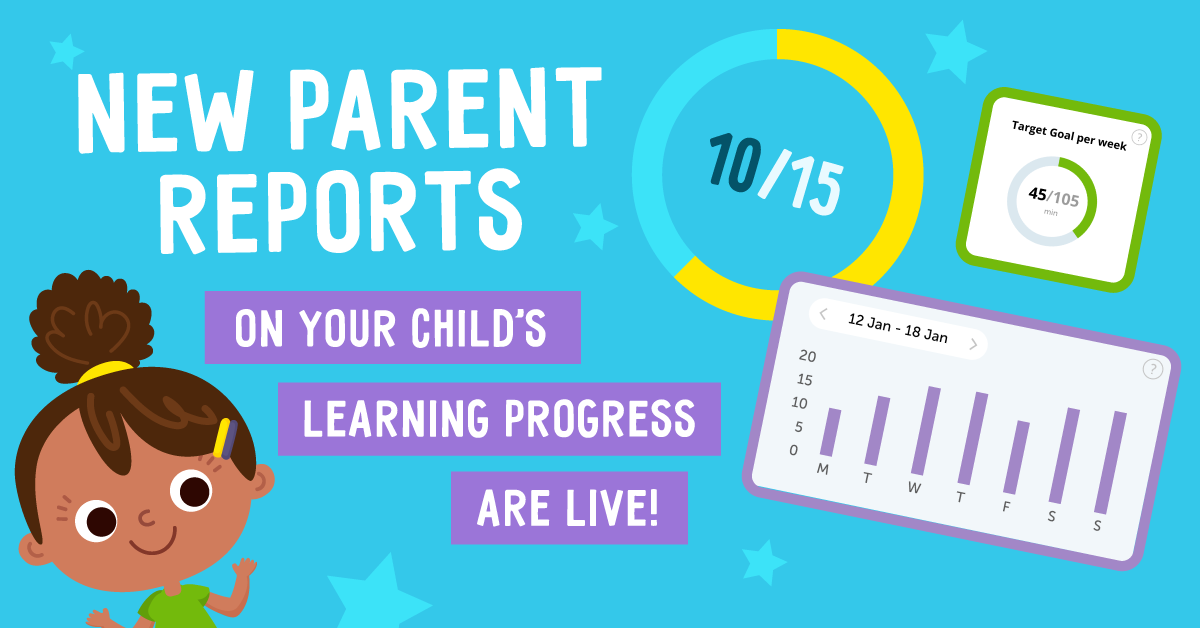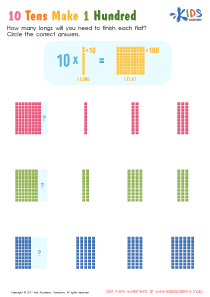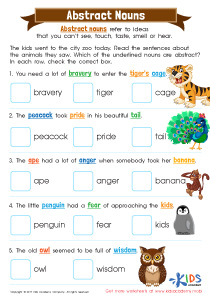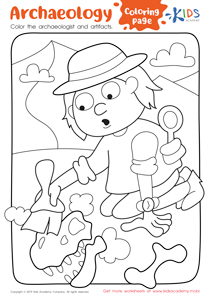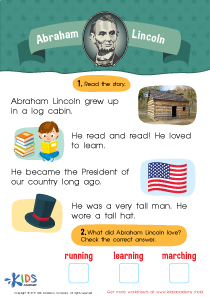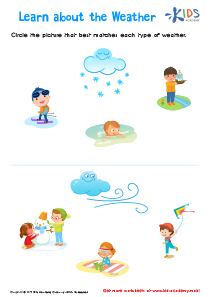Normal Rhyming worksheets activities for 5-Year-Olds
1 filtered results
-
From - To
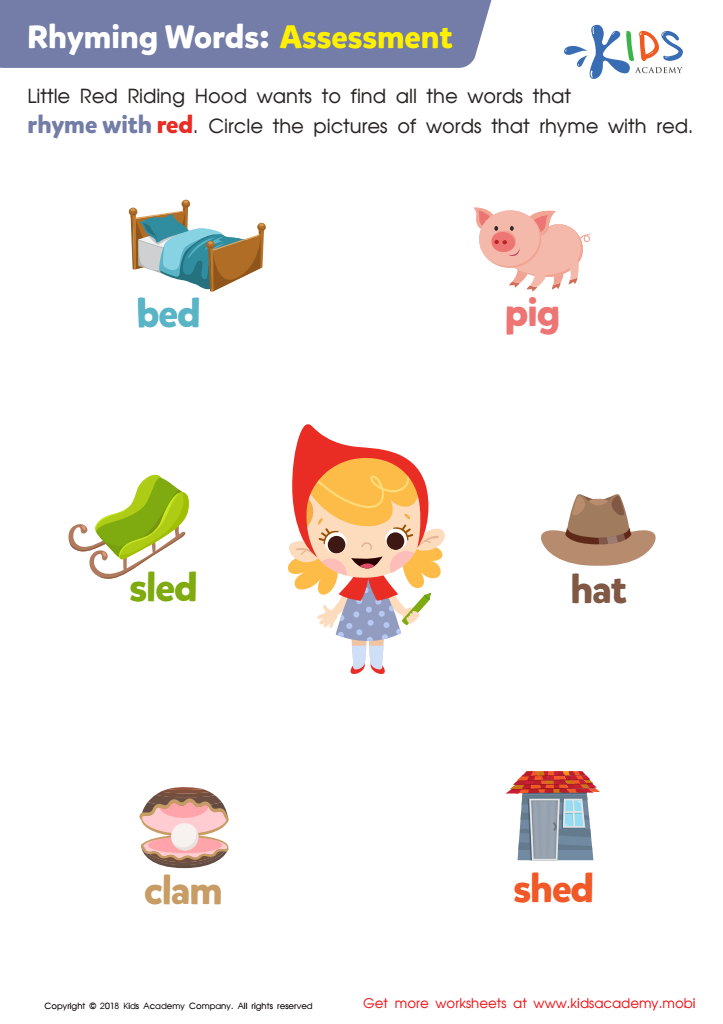

Rhyming Words: Assessment Worksheet
Normal Rhyming worksheets activities are an indispensable tool in the language learning journey of young students. These activities offer a structured and engaging approach to understanding the intricate patterns of sound in words, a foundational skill in both reading and writing. Here’s why incorporating normal rhyming worksheets into educational routines can be incredibly beneficial.
Firstly, rhyming helps in enhancing phonemic awareness. Phonemic awareness is the ability to hear, identify, and manipulate individual sounds—phonemes—in spoken words. Normal rhyming worksheets activities make this process enjoyable and accessible, allowing children to recognize word patterns and sounds. This recognition is crucial for the development of reading skills, as it helps in decoding words more efficiently.
Furthermore, engaging in rhyming exercises boosts memory and cognitive development. The repetitive nature of rhymes makes it easier for children to remember the sounds and the corresponding symbols (letters), hence fostering their memory skills. This repetition not only enhances their capacity to recall specific sounds but also aids in vocabulary expansion. As children encounter rhyming pairs, they are introduced to a broader array of words, enriching their language use and comprehension.
Normal Rhyming worksheets activities also foster creative expression and enjoyment in learning. Rhyming can be a fun, playful way to explore language, which encourages children to experiment with words and their sounds. This enjoyment can lead to a more profound love for reading and writing, as children begin to see language as a playground of possibilities.
Moreover, these worksheets provide a structured yet flexible method for educators and parents to track and support the child’s language development. They offer a clear framework for progression, from simple to more complex rhyming patterns, aligning with the child's growing abilities.
In conclusion, normal rhyming worksheets activities are a cornerstone in foundational language education. They not only enhance phonemic awareness, memory, and cognitive development but also foster a love for language through creative and enjoyable learning experiences. These activities are essential for nurturing proficient, confident readers and writers.
 Assign to the classroom
Assign to the classroom

.jpg)

